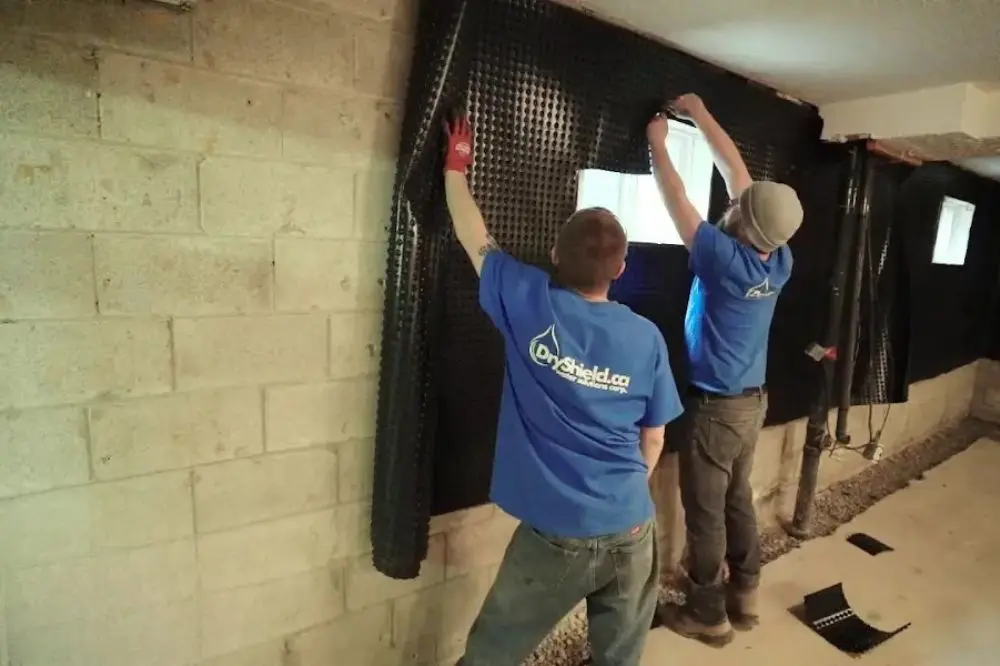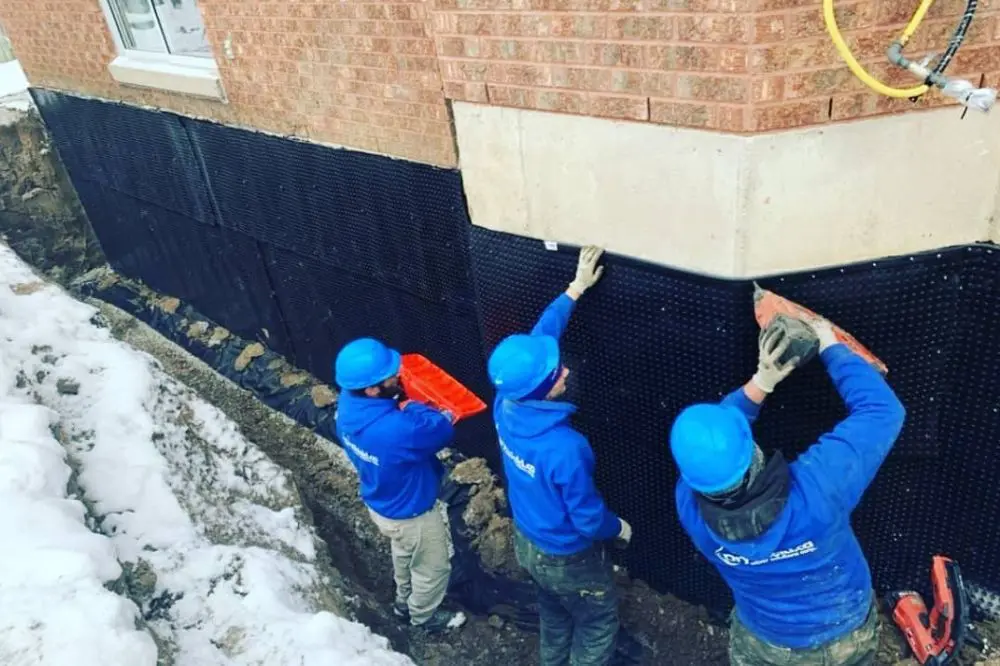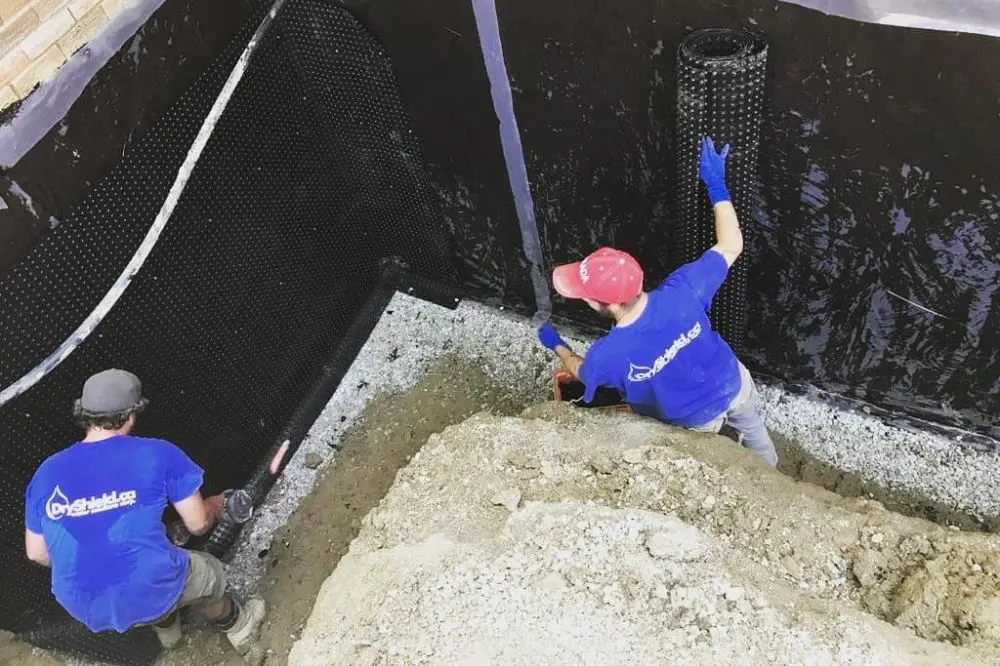| Getting your Trinity Audio player ready... |
Keeping your basement dry is key to protecting your home’s foundation. An external basement waterproofing system is designed to stop water from leaking through your foundation walls. But weather, soil pressure, and everyday wear can reduce its effectiveness over time. Regular maintenance is essential to avoid leaks, dampness, and costly repairs. In Toronto, where rain and freezing temperatures are typical, proper care of your waterproofing system is critical.
A crucial step is knowing how to maintain your waterproofing properly. If you want to learn more or need professional help, consider contacting a company that offers basement waterproofing services. These experts can provide inspections, repairs, and advice tailored to your home’s needs.
Table of Contents
Expert Tips for Maintaining Your External Basement Waterproofing System
Tips for Maintaining Your External Basement Waterproofing System
Key Takeaways
Tips for Maintaining Your External Basement Waterproofing System
Following these tips will help protect your basement from water damage and keep your foundation safe.
1. Keep Gutters and Downspouts Clear
Water should flow freely through gutters and downspouts and away from your home. Blocked gutters cause water to spill near your foundation, potentially leading to leaks. Clean your gutters at least twice a year to remove leaves, dirt, and debris. In areas with dense tree cover, more frequent cleaning may be necessary. Ensure that downspouts extend at least 5 feet from the foundation to prevent water from accumulating near your basement walls. This simple step can reduce the risk of water pooling near your home’s foundation.
2. Inspect the Foundation Walls Regularly
Check your foundation walls for cracks, holes, or damaged waterproof coatings. Small cracks can allow water to enter, especially during heavy rain or freeze-thaw cycles. If you see peeling or bubbling on the exterior coating, it may need repair. Fixing damage early helps maintain the effectiveness of the waterproofing. Use a flashlight to check hard-to-see areas, and consider inspecting after storms or heavy rainfall for signs of seepage.
3. Maintain Proper Soil Grading
The ground around your house should slope away from the foundation. This slope helps direct rainwater away from your basement walls. Aim for about a 2-inch drop per foot over at least 5 feet around your home. If the soil is flat or slopes toward your house, water can pool near your foundation, increasing the risk of leaks. Over time, soil can settle or wash away, so check the grading annually and add soil if needed to maintain the slope.
4. Avoid Planting Near the Foundation
Plants and trees near your foundation can cause problems. Roots may push against walls or damage waterproofing membranes. Keep plants at least 3 feet away from the foundation. Also, avoid using heavy mulch near the walls, as it can retain moisture and slow down the drying process. Consider planting grass or low-maintenance ground cover that drains well and does not hold excess moisture near your home.
5. Check and Service Your Drainage Systems
Many homes have drainage systems, such as French drains or sump pumps, to remove water near the foundation. Ensure these systems are clear and functioning correctly. Test sump pumps regularly by pouring water into the pit and ensuring the pump activates. Clean filters or grates to prevent clogs. If you notice unusual noises or water backing up, have a professional inspect the system. Proper drainage is essential for maintaining a dry basement and preventing water damage.
6. Monitor Basement Moisture Levels
Use a hygrometer to check the humidity in your basement. High moisture levels encourage mould growth and can weaken walls. Ventilate your basement thoroughly, use a dehumidifier if necessary, and repair leaks promptly to maintain low moisture levels. Pay attention to any musty smells or damp spots, which can signal hidden moisture problems. Maintaining humidity control also protects your belongings and enhances indoor air quality.
7. Inspect and Repair Exterior Waterproofing Coatings
Waterproof coatings on foundation walls can wear out over time. Inspect the coating regularly for any signs of cracks, peeling, or damage. If you notice any issues, reapply or repair the coating to maintain a strong barrier against water. A professional application ensures the coating adheres well and provides adequate protection. Do not delay repairs, as water can penetrate quickly through damaged coatings.
8. Schedule Professional Inspections
Have a professional inspect your basement waterproofing every few years. Experts can identify problems that are easy to overlook and recommend repairs before the damage worsens. Regular inspections help extend the life of your waterproofing system. Professionals also have tools to assess drainage and moisture that are not always visible to homeowners. This proactive approach can save you money and stress in the long run.
Following these expert tips will help keep your external basement waterproofing system effective. If you want further advice or professional help, many Toronto homeowners trust expert companies that specialize in basement waterproofing.
Key Takeaways
Taking care of your external basement waterproofing system is crucial for protecting your home’s foundation and maintaining a dry basement. Regular inspections, gutter cleaning, soil grading, and professional checks all help your system last longer and function more efficiently. These simple steps prevent water damage and save money on repairs.
For homeowners in Toronto, professional help can make all the difference. Dryshield Waterproofing Toronto offers expert inspection, maintenance, and repair services for basement waterproofing systems. Their team understands local conditions and can help keep your home protected from water damage.
Caring for your waterproofing system now means fewer problems in the future. Use these tips to keep your basement dry and your home safe.




